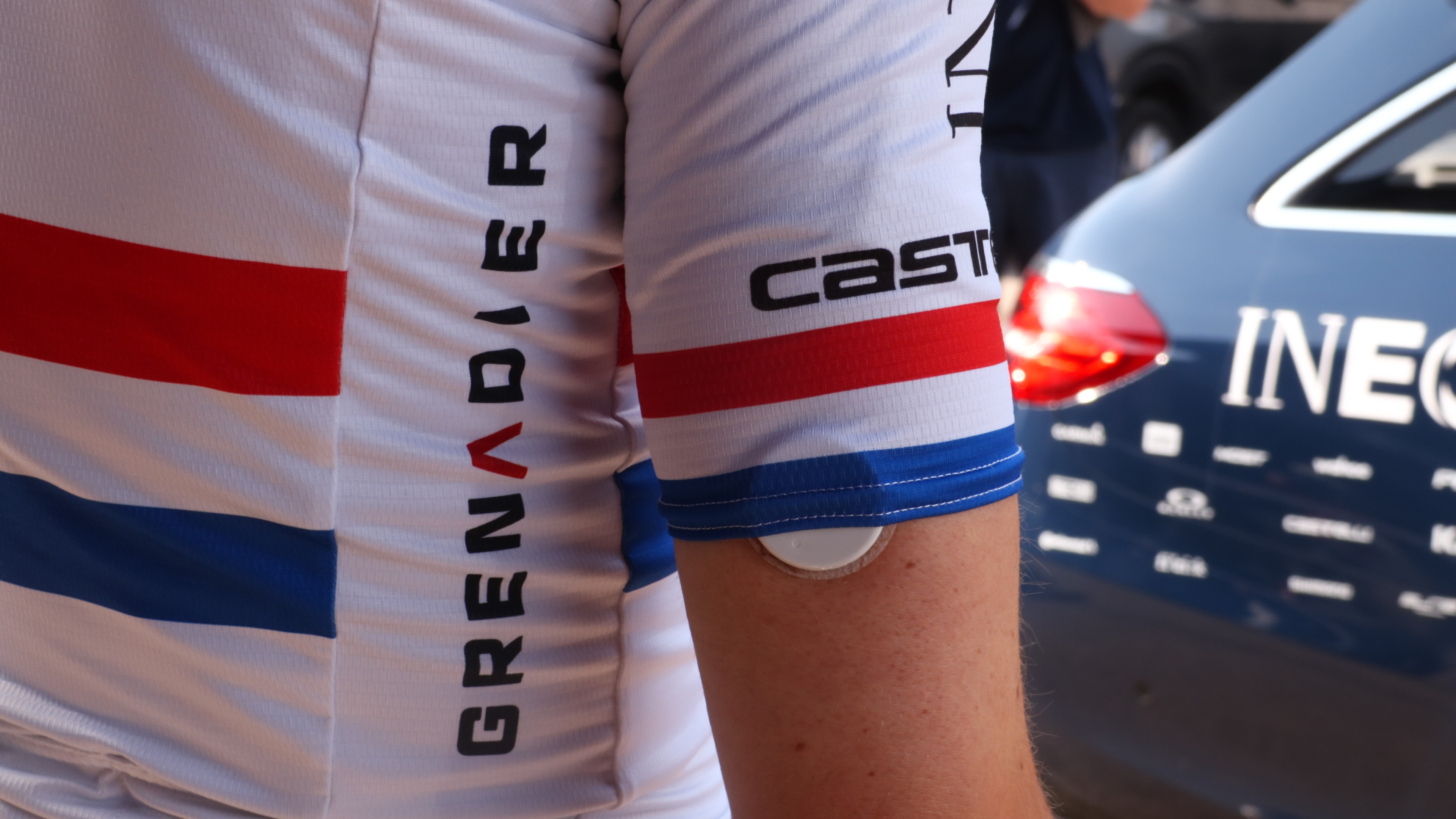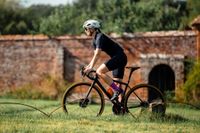'The fans don't want to see Formula One in bike racing': UCI's Mick Rogers on banning metabolic sensors
The UCI's new regulations will ban glucose and lactate sensors from races


The UCI has moved to ban devices that monitor glucose or lactate from use during competition, stating a desire to avoid ‘Formula One’ style racing, promote equality and ensure that young riders, well, learn how to fuel a race the hard way.
An update to the UCI equipment guidelines will come into play on June 10, with an overhaul given to the section of the equipment guidelines relating to ‘onboard technology’.
Whilst devices that measure sweat rate, body temperature, and of course heart rate are allowed, the guidelines state: “Devices which monitor other physiological data, including any metabolic values such as but not limited to glucose or lactate, are not authorised in competition.”
Derogations will be applied, for example in the case of diabetic athletes.
Whilst UCI innovations manager Mick Rogers told me in a call that it would be “silly” to “make rules which exclude one brand”, with regard to glucose tracking, Supersapiens is the high-profile leader in this area, sponsoring a host of WorldTour teams including Ineos and Canyon-SRAM, and taking on a role as an official partner of the 2021 Giro d'Italia.

Metabolic trackers such as those that monitor glucose can show a rider how best to fuel their efforts, and notably when applied to racing, how to avoid the dreaded ‘bonk’. If information is sent back to the team car, the rider can be told exactly when to eat and drink to ensure breakaway success, for example - and it seems the UCI doesn’t want that.
“The way races are raced now, with the use of power meters, and heart rate monitors, etcetera etcetera, it’s very different to how it was 10 to 15 years ago. The fans don't want to see Formula One in bike racing, they want surprises, they want unpredictability, and I think that’s an important part of it,” says Rogers.
The latest race content, interviews, features, reviews and expert buying guides, direct to your inbox!
It’s true that data can make racing formulaic. It’s hard to imagine commentators discussing riders switching from glucose/fructose drinks to rice cakes the same way they do hard/soft tyre compounds in Formula One. But then, with power meters, heart rate monitors and all other manner of trackers already in use, it does feel a little a strange place to draw the line. And, well, Formula One is doing ok.
As well as the potential for teams holding on to "highly personal data" following rider transfers, other arguments include the development of riders. Put simply, the best way to learn not to bonk is to do it, taking time to count the stars before your eyes whilst the peloton accelerates away.
“We feel that putting such powerful information into the hands of younger riders is taking away a skill [from the rider] - deciding when you need to eat and learning about your body,” Rogers said.
An increase in the availability of technology allows young riders to automate practices that, in the past, were learned the hard and painful way. Arguably, the availability of greater training data explains how the 2020 and 2019 Tour de France GC winners have been 21 and 22 respectively.

“This younger generation is probably the first generation that have used [power meters] from the first day they've got on a bike, and of course it is effective, to learn where efficient training is taking place and cut out the unnecessary training,” Rogers said.
Is the UCI stifling that?
“[The sensors] are only banned in competition. They’re free to use it in training,” Rogers, a three-time world time trial champion, said. A compelling argument, though complicated by the fact that each Supersapiens sensor lasts 14 days, has to be thrown away when removed, and costs from €65 to €80.
Of course, sponsored teams won’t be paying that, but Rogers does make the point that if allowed at the grassroots and under-23 level, it could create inequalities: “Not everyone has access to that technology because it is expensive; is it correct that young John and Jane, whose parents can’t buy them all the latest technology, is it right that they shouldn’t reach the top of the sport?
We say...
Metabolic sensors could help a rider better assess the tightrope line between underperforming and writing cheques that the body can’t afford to cash, and this sort of analysis could dull the excitement of racing. But then, the same could be said of heart rate monitors and power meters. The UCI seems to be trying to stop a moving train which left the station decades ago.
“We’re coming into a time of an explosion of technology, particularly sensors. Soon, they’ll be embedded in clothing, embedded in patches. At the UCI we strongly believe that the athlete should be first and foremost, and it shouldn’t be a completely automated process where every decision is being taken by technology, because we believe it does have the power to change the outcome of the race,” Rogers said.
A spokesperson from Supersapiens told us: "We respect the decision of any governing body as it relates to their competition rules and remain committed to redefining the preparation of cyclists at all levels. We have appreciated the partnership through to this decision and will look forward to working closely with the UCI in the future."
Sponsors, sports scientists, bike engineers - innovators - will always find a new way to make bike riders faster. It just remains to be seen which innovations the UCI will allow, and which it will not.
Michelle Arthurs-Brennan the Editor of Cycling Weekly website. An NCTJ qualified traditional journalist by trade, Michelle began her career working for local newspapers. She's worked within the cycling industry since 2012, and joined the Cycling Weekly team in 2017, having previously been Editor at Total Women's Cycling. Prior to welcoming her first daughter in 2022, Michelle raced on the road, track, and in time trials, and still rides as much as she can - albeit a fair proportion indoors, for now.
Michelle is on maternity leave from April 2025 until spring 2026.
